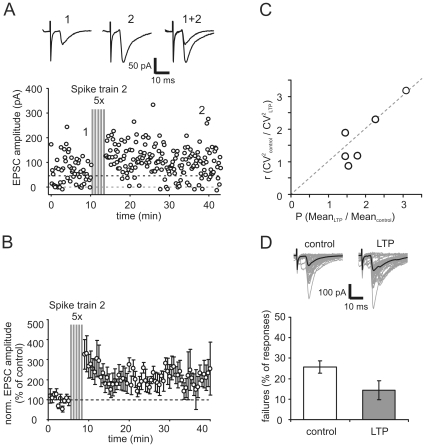Figure 4. Mossy fiber synaptic LTP - induced by place field specific spiking activity of dentate gyrus granule cells - is presynaptically expressed.
(A) Examplary whole-cell recording of mossy fiber synaptic responses in CA3 pyramidal cell. Repetitive presentation of spike train 2 (grey bars, compare Figure 2) induces long-term potentiation of EPSC amplitudes. Upper traces show averages of 10 sweeps each under control condition and 20 min after presentation of spike train. Constant stimulation frequency outside of spike train 2 was 0.1 Hz. CA3 pyramidal cell was held in voltage-clamp condition at -60 mV, also during presentation of spike train. Upper dashed line indicates basal response amplitudes to constant stimulation at 0.1 Hz. (B) Summary of n = 5 whole-cell experiments where repetitive presentation of spike train 2 induces long-term potentiation of mossy fiber EPSC amplitudes. Potentiation to ∼220% of control values was visible 30 min after spike train. Data was binned to 0.5 min time points and depicts mean ± sem. (C) CV2 analysis of data from experiments in A. The change in the squared coefficient of variation in control versus LTP condition shows a linear dependence on the change in the mean response amplitude. (D) The mean rate of failures of synaptic transmission is decreased after expression of LTP. Upper traces show 50 individual sweeps (grey) and mean sweeps (black) in control and LTP condition of an exemplary whole-cell recording. Note the large incidence of synaptic failures under control conditions.

